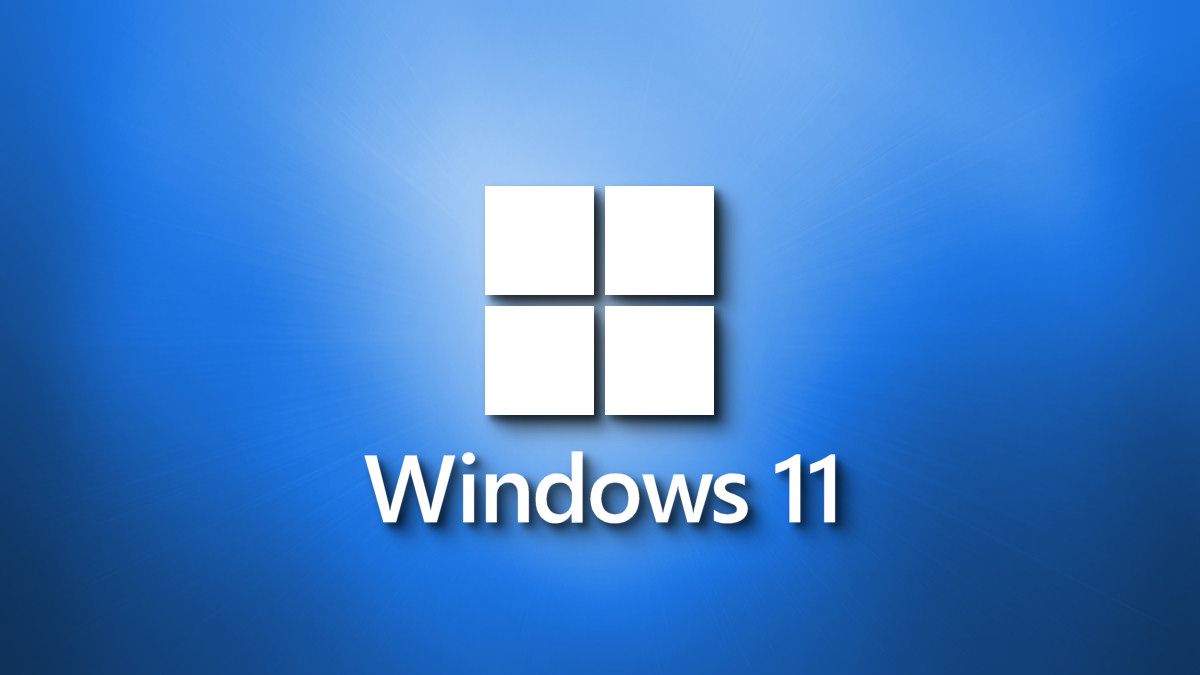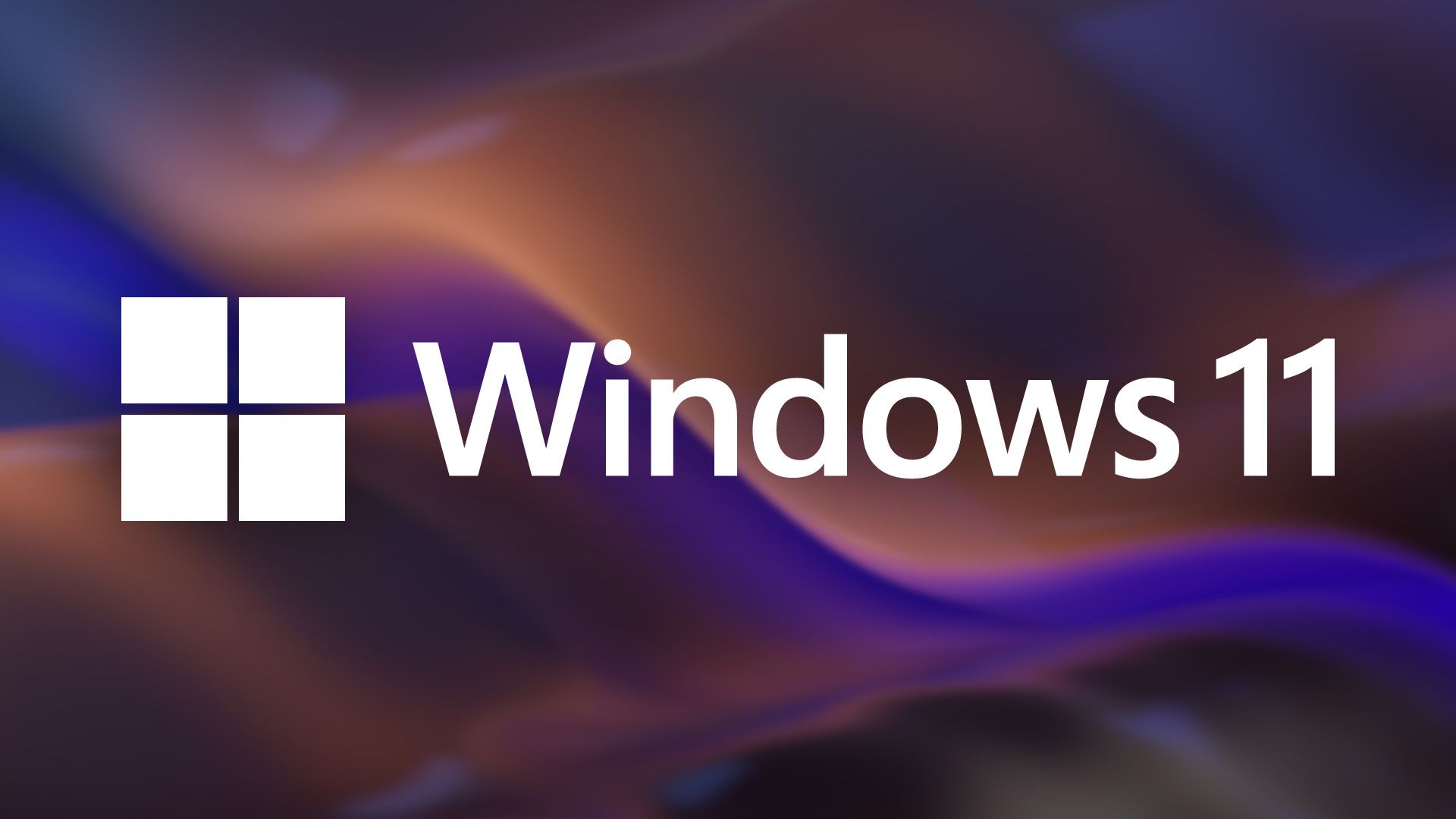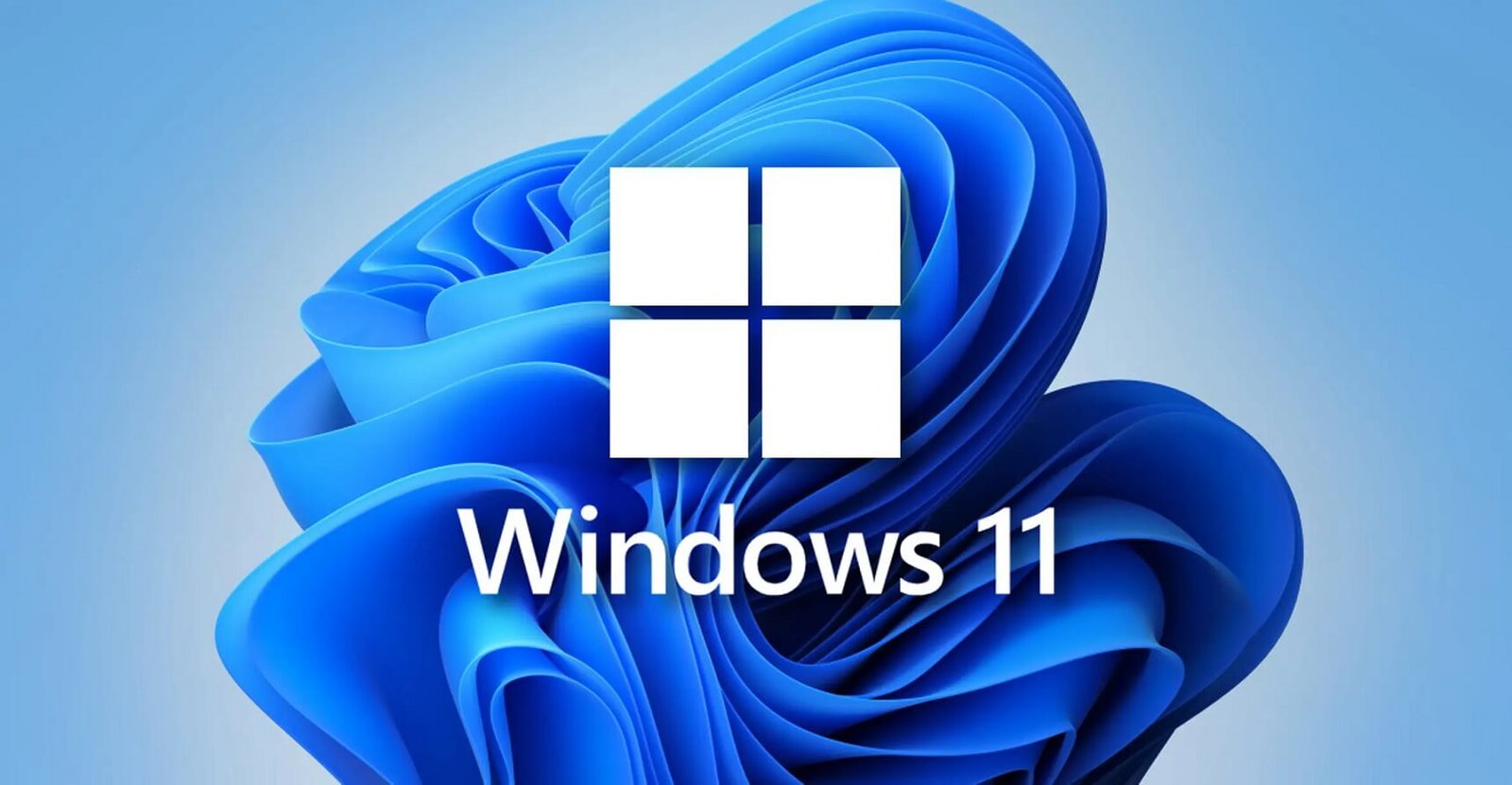Windows 11 is Microsoft’s most advanced operating system to date, packed with sleek visuals, enhanced security, and productivity features. However, like any operating system, its performance can degrade over time—especially on older or mid-range hardware.
If you’ve been experiencing lag, slow boot times, or overall sluggishness, this guide will walk you through how to speed up Windows 11 performance with actionable, practical steps.
Whether you’re a beginner or an intermediate user, these tips will help you get the most out of your Windows 11 experience.
Why Does Windows 11 Slow Down Over Time?
Before diving into solutions, let’s understand why your Windows 11 PC may slow down:
-
Startup Bloatware: Many programs launch automatically with Windows, eating up valuable resources.
-
Background Processes: Apps running silently in the background can hog CPU and RAM.
-
Outdated Drivers: Drivers that aren’t updated can lead to compatibility and performance issues.
-
Cluttered Disk: Temporary files, old updates, and unused applications accumulate over time.
-
Visual Effects: Fancy animations can look good, but they often compromise performance.
Now that you know the root causes, here’s how to speed up Windows 11 performance effectively.
✅ Tip #1: Optimize Startup Programs
Too many startup programs can drastically slow down boot times.
🔧 How to manage them:
-
Press
Ctrl + Shift + Escto open Task Manager. -
Go to the Startup tab.
-
Right-click any unnecessary program and select Disable.
Examples to disable: Spotify, OneDrive (if not used), Zoom, Discord (unless needed at startup).
This alone can reduce your boot time by several seconds—or even minutes.
✅ Tip #2: Clean Up Disk Space
Clutter eats up not just storage, but also affects system responsiveness.
🧹 Use built-in tools:
-
Storage Sense:
-
Go to Settings > System > Storage.
-
Turn on Storage Sense.
-
Set it to run automatically or on low space.
-
-
Disk Cleanup:
-
Press
Win + R, typecleanmgr, and hit Enter. -
Select the drive (usually C:) and let it scan.
-
Check unnecessary files (Temporary files, System logs) and click OK.
-
Cleaning up disk space regularly is a solid way how to speed up Windows 11 performance.

✅ Tip #3: Update Windows 11 and Drivers
Microsoft and hardware vendors push frequent updates to fix bugs and improve stability.
🔄 Update Windows:
-
Go to Settings > Windows Update.
-
Click Check for Updates and install available ones.
🔧 Update Drivers:
-
Use Device Manager or tools like:
-
Driver Booster
-
Snappy Driver Installer
-
Updated drivers = better compatibility + smoother performance.
✅ Tip #4: Adjust Visual Effects for Better Performance
While Windows 11 looks visually stunning, these animations can slow things down.
🎛️ How to disable effects:
-
Press
Win + R, typesysdm.cpl, and hit Enter. -
Go to Advanced > Performance > Settings.
-
Choose Adjust for best performance or manually disable:
-
Animate windows
-
Show shadows under windows
-
Fade effects
-
Disabling just a few can strike a balance between performance and aesthetics.
✅ Tip #5: Use a Solid-State Drive (SSD)
If you’re still on a traditional HDD, upgrading to an SSD is the single most effective way to boost speed.
🚀 Benefits of SSD:
-
3–5x faster boot times
-
Rapid file access
-
Faster program launches
🔄 How to migrate:
-
Use cloning tools like Macrium Reflect or EaseUS Todo Backup to migrate your system from HDD to SSD.
An SSD upgrade can truly redefine how to speed up Windows 11 performance.
✅ Tip #6: Disable Unnecessary Background Apps
Background apps silently use resources—even when you’re not using them.
📲 Disable them:
-
Go to Settings > Apps > Installed Apps.
-
Select app > Click Advanced Options.
-
Under “Background app permissions”, choose Never.
Safe to disable: Mail, Xbox Game Bar, Feedback Hub, Tips.
✅ Tip #7: Run a Virus and Malware Scan
Malware can dramatically slow your system and pose security threats.
🛡️ Use Windows Defender:
-
Open Windows Security.
-
Go to Virus & threat protection > Quick scan.
-
For deep cleaning, use Full Scan or Microsoft Defender Offline Scan.
💡 Bonus Tools:
-
Malwarebytes for advanced threats.
-
AdwCleaner for adware.
Keeping your system clean is essential in learning how to speed up Windows 11 performance.
✅ Tip #8: Adjust Power Settings for Maximum Performance
By default, Windows is set to balance performance and energy usage—especially on laptops.
🔌 Switch to High Performance:
-
Go to Settings > System > Power & Battery > Power Mode.
-
Choose Best Performance or High Performance.
⚠️ Note: This may consume more battery on laptops.

✅ Tip #9: Reset or Refresh Windows 11
If all else fails, a fresh start can often do wonders.
🧯 Reset Options:
-
Go to Settings > System > Recovery > Reset this PC.
-
Choose:
-
Keep my files (removes apps but keeps data)
-
Remove everything (full reset)
-
💡 When to use:
-
Persistent slowness despite optimization
-
Frequent app crashes
-
Corrupted system files
This option can be your final weapon in the battle of how to speed up Windows 11 performance.
💡 Bonus Tip: Keep Your System Cool
Overheating can cause CPU/GPU throttling and slowdowns.
🆒 Cooling Tips:
-
Use your PC in a ventilated space.
-
Clean vents and fans every few months.
-
Use a laptop cooling pad.
-
Monitor temperatures with tools like:
-
HWMonitor
-
Core Temp
-
A cool system = a fast system.

🔚 Conclusion
Sluggish Windows 11 performance doesn’t mean it’s time for a new PC. With the right optimizations, even older hardware can run faster and smoother.
💼 Here’s a quick recap:
-
Limit startup programs
-
Free up disk space
-
Keep system & drivers updated
-
Disable visual effects
-
Upgrade to SSD
-
Manage background apps
-
Scan for malware
-
Optimize power settings
-
Refresh or reset when needed
-
Keep your system cool
By following these steps, you’ll know exactly how to speed up Windows 11 performance—and keep it that way long term.

